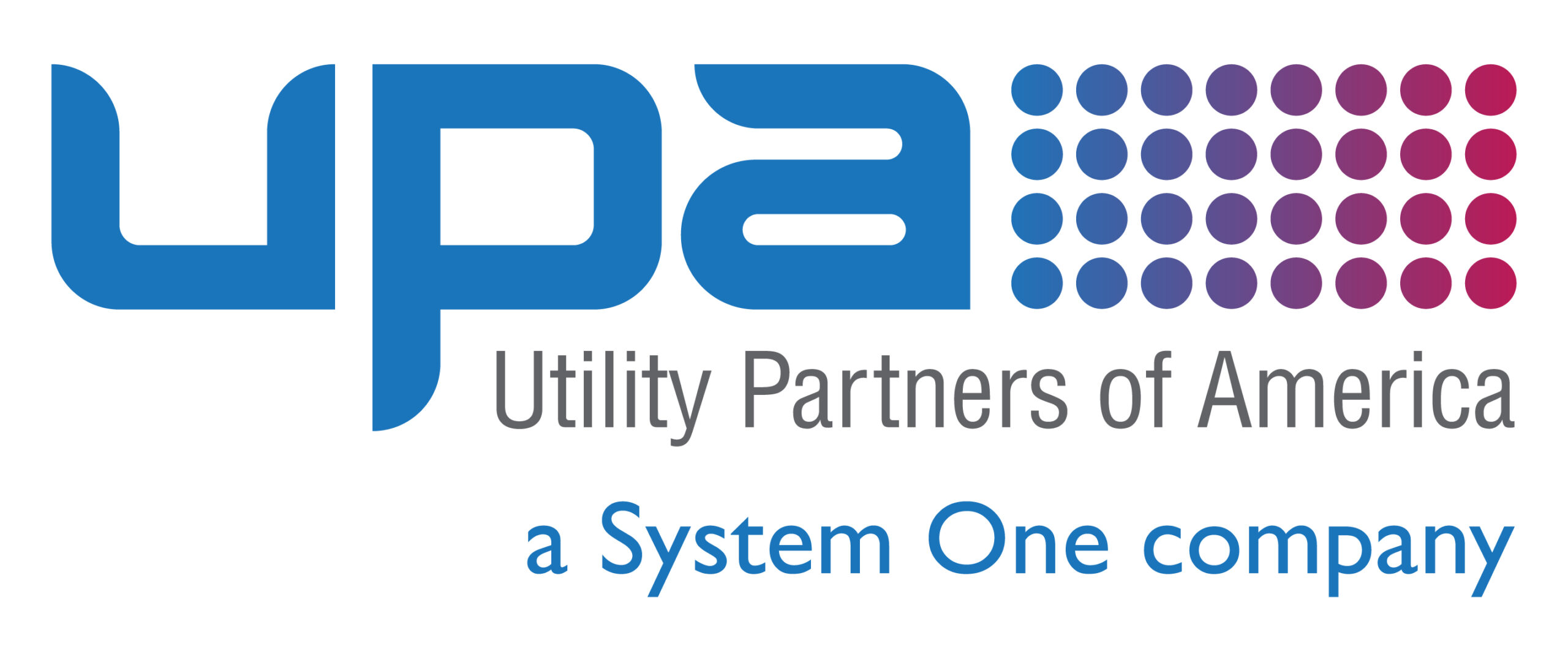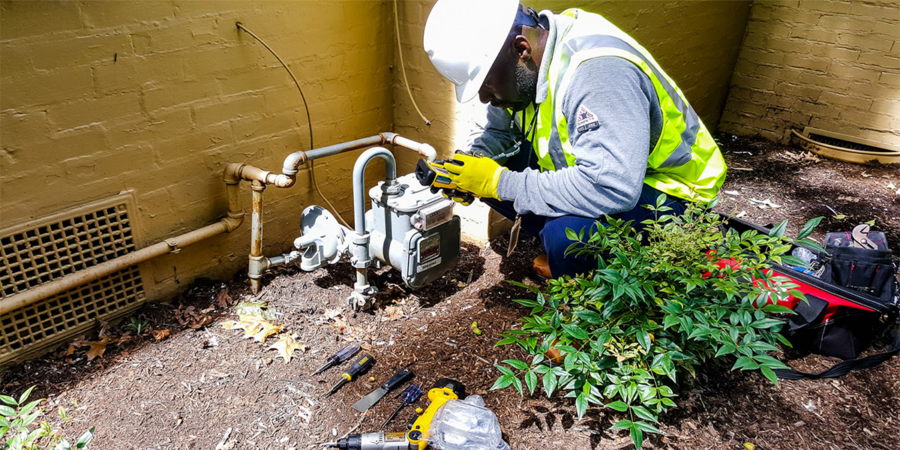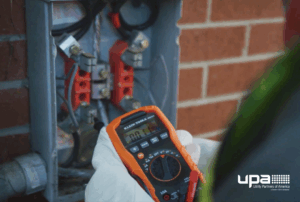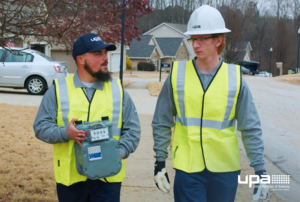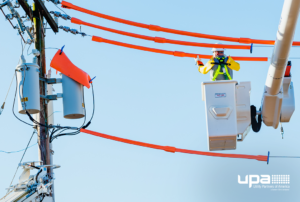Company executives have historically viewed data analytics and consumer intelligence giant, J.D. Power, as an all-knowing source when it comes to what customers want. Among other studies, the firm has conducted customer satisfaction surveys for decades. They routinely publish research on which industries (and companies) are making customers the happiest. There are also the times when analysis probes even deeper, searching for the way that customers feel about specific functions or operations.
In March 2018, J.D. Power published its Utility Digital Experience Study, which found that utilities as an industry fared poorly in delivering positive digital experiences across websites, mobile apps, social media, and chat, email, and text functions. But as several utilities who stood out from the rest showed, there is a reason for optimism. In the same way that other industries have capitalized on new innovations to make customers happier, so, too, can utilities. Here are three ways your utility company can use technology to improve customer service.
In the same way that other industries have capitalized on new innovations to make customers happier, so, too, can utilities.
Capitalize on the growing voice-activated market
Trending among consumers has been the use of voice assistants like Amazon Alexa and Google Home. Let’s not forget the one that started the functionality’s surge in popularity, Apple’s Siri. In fact, estimates peg the number of Americans using a voice assistant at least monthly to be more than 111 million people — and growing. That equates to about one-third of the population, so why wouldn’t you take advantage of that widespread appeal?
Utility companies can do just that by developing a voice-activated opportunity for customers to gather information about their accounts. Instead of navigating a phone tree or logging into their account on a computer, customers should have the option to learn about balances, usage, and causes for disruptions by asking their voice assistant. Nothing is more apparent than the fact that customers’ patience for a long hold-time continues to shrink. Voice-activation technology offers them a way to avoid it.
Give the customer the options they desire
The segment of the U.S. population that uses voice assistants is rapidly growing. Its use is nowhere near the level of ubiquity found with smartphones. According to Pew Research, the percentage of Americans that own smartphones soared from 35% in 2011 to today’s mark of 81%. Additionally, about 75% of U.S. adults say that they own desktop or laptop computers, and about 50% have tablets. 32% of all U.S. household TVs are smart devices connected to the internet. Americans are surfing the web in droves, across multiple devices.
It’s time for utility companies to embrace different screens and forms of internet consumption by supplying a tailored experience for each. Mobile apps represent an opportunity for utilities to feed account and usage information into one centralized platform. Like the voice-activated option, customers can use the app to check on basic details. These apps can also safely and securely accept payment. Another advantage is that utilities can build functionality into apps that empower customers to conveniently report an outage without having to speak to someone.
Related: Your First Time-Fix Rate: Three Ways to Improve
If your utility company doesn’t have the resources, there are other ways to make a customer’s digital experience better. For instance, mobile-responsive websites recognize the type of device that the customer is using, and will adjust the screen and content accordingly.
Make the move to smart meters
One tech-focused infrastructure upgrade that has the potential to significantly impact customer satisfaction is a change to smart meters. These electronic devices record consumption and report back to the company for the purpose of monitoring and billing. Traditionally employees have been responsible for reading and recording these meters. Sometimes that can lead to errors and inaccurate bills and charges for customers. The smart meters remove the human element and error from that equation.
Related: OSHA and Beyond: Keep Employees Safe in the Field
In addition to improving data accuracy, smart meters can help to reduce the duration of outages by alerting companies immediately when they detect a problem. Electronic monitoring of usage can also give the customer real-time insight into how and when they’re consuming their electricity, water, or gas. That way, they can make adjustments as needed. Each of these smart meter benefits can play a pivotal role in improving customer satisfaction. It will also enhance the company’s relationship with its customers.
Utility Partners of America has partnered with utilities and energy co-ops on these recommendations and others to improve customer satisfaction for more than two decades. If you’re interested in learning how we can work with you, contact us today.
